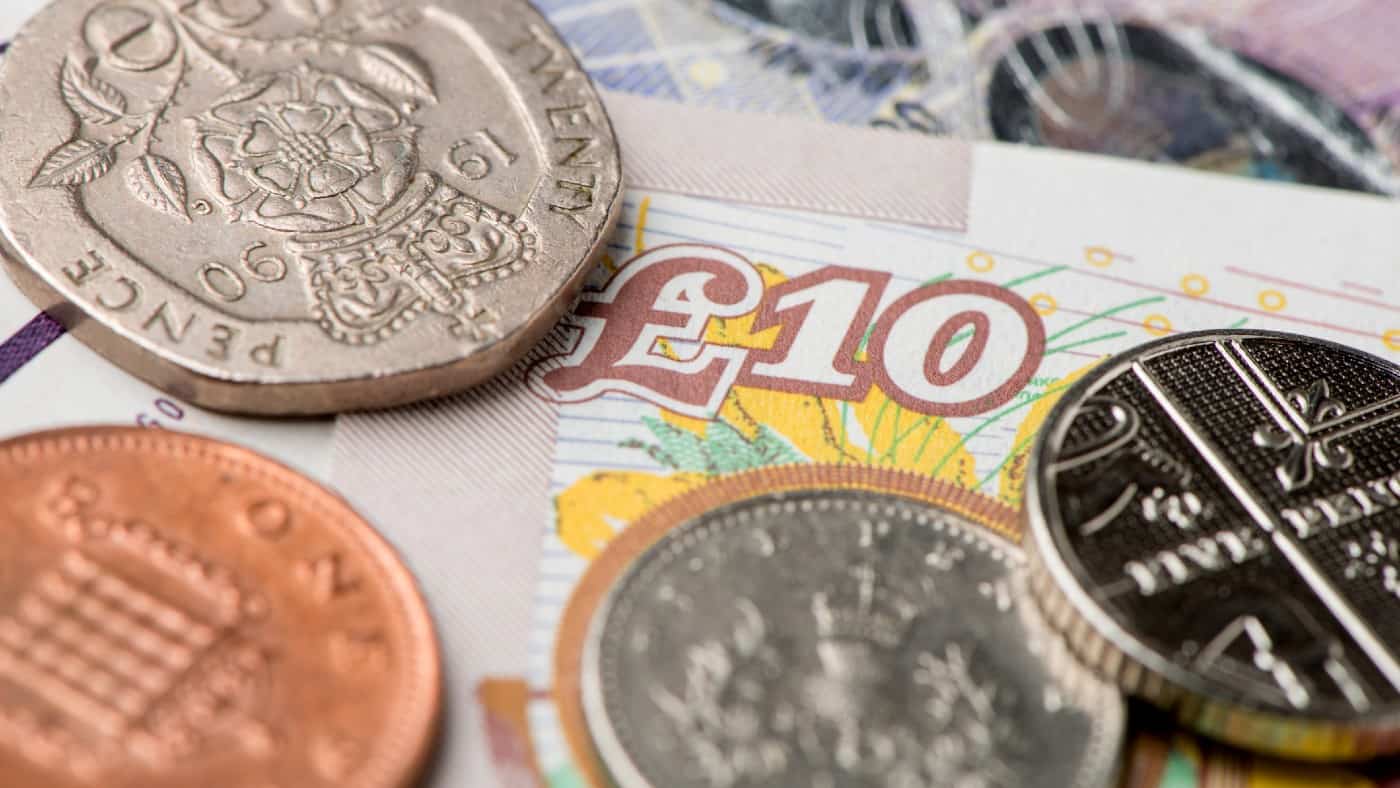Big dividend yields are often viewed as an attractive feature for income-seeking investors, providing a steady stream of cash flow from their investments.
A high dividend yield indicates that a company is distributing a significant portion of its earnings to shareholders in the form of dividends, making it an attractive choice for those who rely on dividend income.
However, it’s essential to recognise that exceptionally large yields can sometimes serve as a warning sign.
The warning signs
A sizeable yield could reflect a number of things. Firstly, it could mean a decline in investor sentiment and a falling share price — dividend yields and share prices are closely linked (the former goes up as the latter falls).
Equally, it could indicate that the firm is struggling to reinvest in its operations for growth or that its financial health is deteriorating.
Moreover, in some cases, companies may artificially boost their dividend yields to attract investors. That’s even if they can’t sustain those payouts in the long run.
This unsustainability can lead to dividend cuts or even the suspension of dividend payments, resulting in capital losses for investors who initially sought out the stock for its high yield.
Big dividend yields can be enticing. But they should prompt investors to conduct thorough due diligence to try to ensure they’re not walking into a potential value trap.
Steppe Cement
In December 2022, Steppe Cement (LSE:STCM) paid a 5p dividend per share. At the current price, that equates to a dividend yield of 20.8%. That’s more than five times greater than the FTSE 100 average.
The first thing to note is that the yield is inflated by a relatively low valuation and a falling share price. The stock trades at just 3.6 times 2022 earnings, making it one of the cheapest UK-listed stocks.
The obvious reason for this is that investors are naturally hesitant to invest in a Kazakh cement manufacturer. Regardless of the company’s successm(2022 was a bumper year), British investors don’t know the market well.
Is it sustainable?
In 2022, the 5p dividend payment was covered 1.64 times by earnings. The benchmark for a strong coverage ratio tends to be around two times. So Steppe’s coverage isn’t great.
Moreover, the company’s performance has deteriorated significantly in 2023. In the first half of 2023, Steppe Cement reported a decrease in both the quantity and average price of cement sold.
Its sales volume amounted to 749,034 tonnes, marking a 10% decline from the previous year’s 837,063 tonnes.
Total revenue generated from cement sales during this period was KZT16.97bn (£29.7m). This figure represented a 13% decrease from the KZT19.58bn recorded in the same period the previous year. Steppe Cement attributed this decline in revenue to a decrease in the average price per tonne.
As such, gross profit for the period fell from approximately £15m in H12022, to £7.3m in H12023. So, if this trend continues for the rest of the year, the current dividend yield appears unsustainable. I could be wrong and the firm could turn things around with a sharp recovery. But equally, EPS could fall below the 5p dividend paid out in 2022, and a dividend cut may follow.






